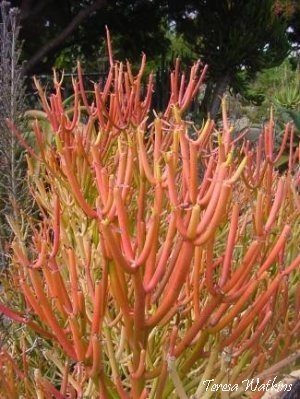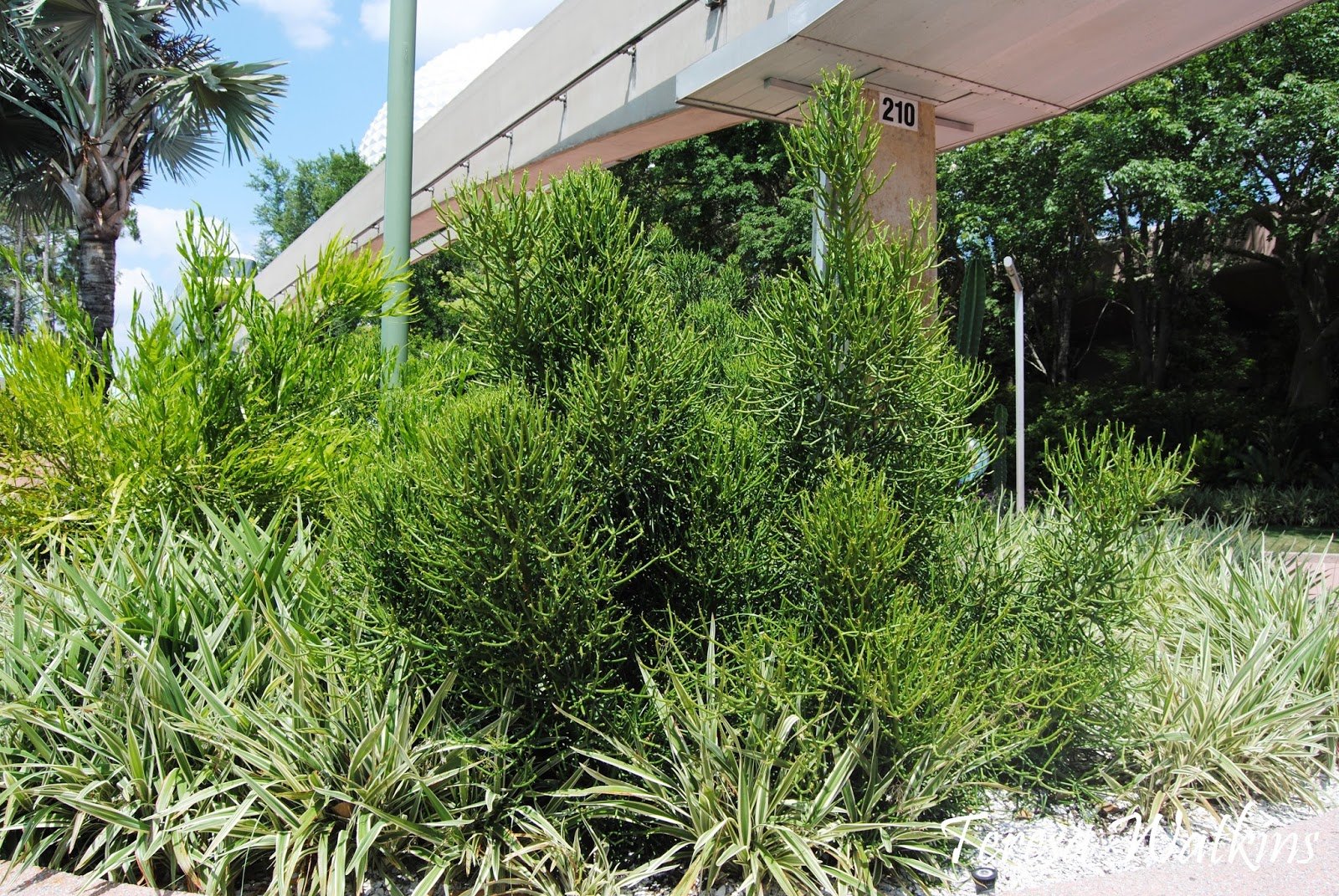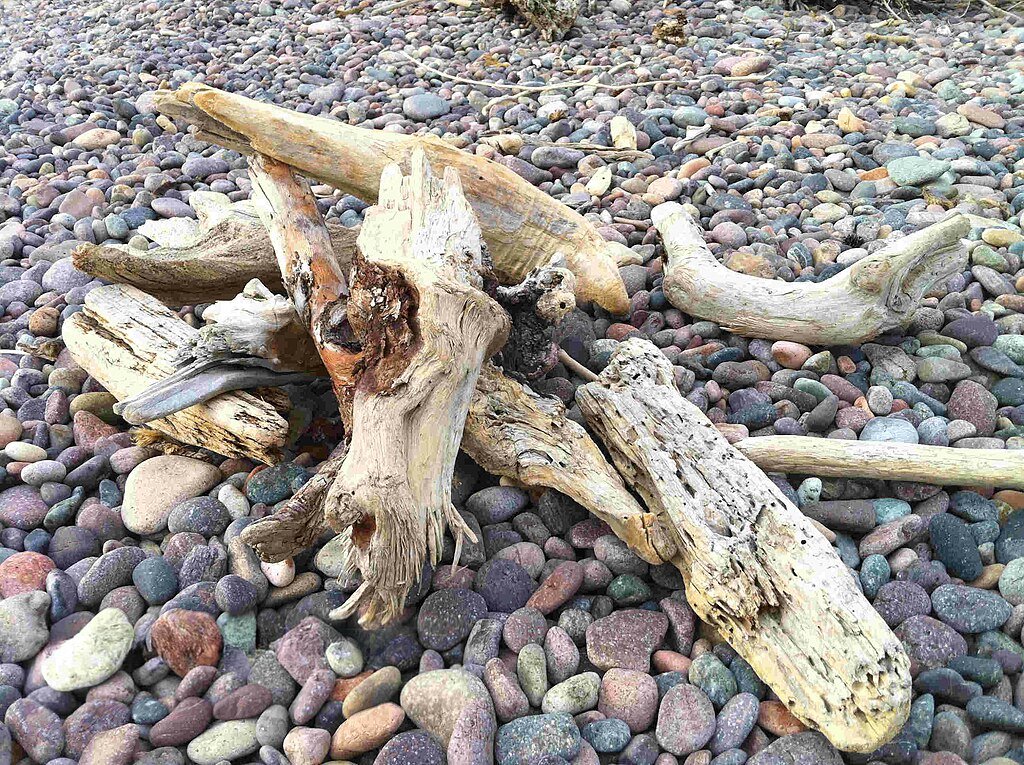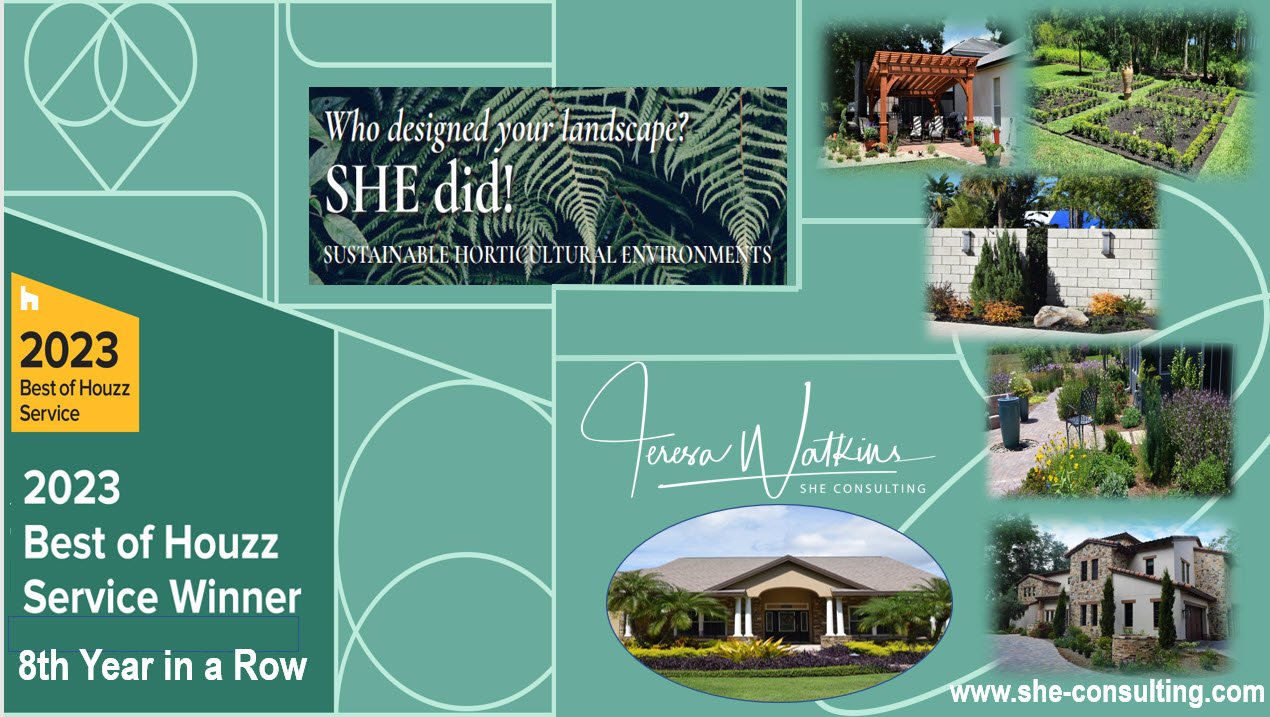Looking back and creating new beginnings. I wrote the following article 24 years ago before I became a landscape designer. As I start a new edition of my newsletter, “In Your Backyard” I wanted you to know my thoughts as I started my first gardening efforts.
“I am a gardener. You can ask my family, my neighbors, my friends and fellow employees, my constant companion, Sheila, a wheaten Scottie, and even my three cats, Pitter, Dribbles, and Kitten, a 17-lb Siamese. They will all tell you, "Oh, yes, Teresa is a gardener". Well, the cats will just purr. I garden from within. My innermost feelings tell me what and where to plant. My gardens show what a complicated human being I am. They are always in transition, constantly changing. Looking for hours through gardening magazines or watching tv, I see gardens that set my passions afire.
Unfortunately, I have a tough time hearing the word "no" or "you can't grow that here." That is why I have a variety of garden beds. You can meander through flowers and shrubs, walking on flagstone pathways and alleés that keep the gardens separated. I have garden beds with color themes. Others have unique qualities like fragrances, specific flower types, and sun requirements like a shade garden. There are redbud trees, roses, Italian and Arizona cypresses, wisteria blooming on an arbor, bird sanctuary, rock walls, two goldfish ponds, and a gazing ball circle for the fairies to romp in during a full moon. There are esplanades to theme gardens, such as a cottage garden, a rose garden, and a rickety wooden twig gate leading to a hidden allée that I call "Crape Myrtle Lane".
My children, when they were younger, would call my landscape the "Ooh Aah" gardens. After dinner, we had a ritual after dinner to walk through the different avenues and point out Mother Nature. As you begin your stroll, you might see a royal purple tibouchina in full bloom and say "ooh". Then as you turn a blind corner, you espy a birdhouse. Holding my children up to peek inside quietly, you see a mother bird inside waiting patiently to hatch her eggs. The feathered creature is so close, it takes your breath away, and you say "aah". Mind you, she is, also, feeling relieved as you leave to continue in your adventures. As you walk through your yard, it is your persona that you are revealing because gardens define the individual. Are you a formal person who likes symmetrical tiers of shrubs and straight lines or are you a free spirit, who adores forest bathing and strolling through flowering shrubs and picking wildflowers?
Every garden is unique with a multitude of decisions with your site conditions, and selections of themes and plants. Finding your garden theme is as easy as seeing what brings a smile to your face. Try it the next time you walk through yours' or a friends' garden. What kind of personality does the garden have? Does it have a vitality that emanates even when you are not there? Does it make you feel peaceful or energetic? Does it bring a smile to your face? Are the shrubs maintenance-simple, (no plant is maintenance-free) that only bloom once a year or do they have multicolored blossoms that require frequent deadheading? Are the plants aligned in straight rows or rambling, scattered here and there, where the birds and squirrels planted them? Are the colors exciting or are they monotones that soothe the spirit? When you find what you would like to have in your garden, then you can start planning and designing.
Finding what brings peace and joy to your heart is important after an exhausting day at work, or just living in our intense world. Walking through your garden at the end of the day can rejuvenate you. I wonder if God, Allah, Jehovah, Shiva, Gaia or whatever Supreme Being you have come to know, looks down on the Garden that He or She created with all the different varieties of life and "oohs and aahs "? It is a curious thought, but I think so.
Gardens revitalize your spirit. They can be a harbor for silent reflection or a gymnasium blast of energy to enrich your life. Gardening can be whatever you need it to be for your spirit. And a rejuvenated spirit is good for your Soul.”
First published October 2000 on Icangarden.com website.






























